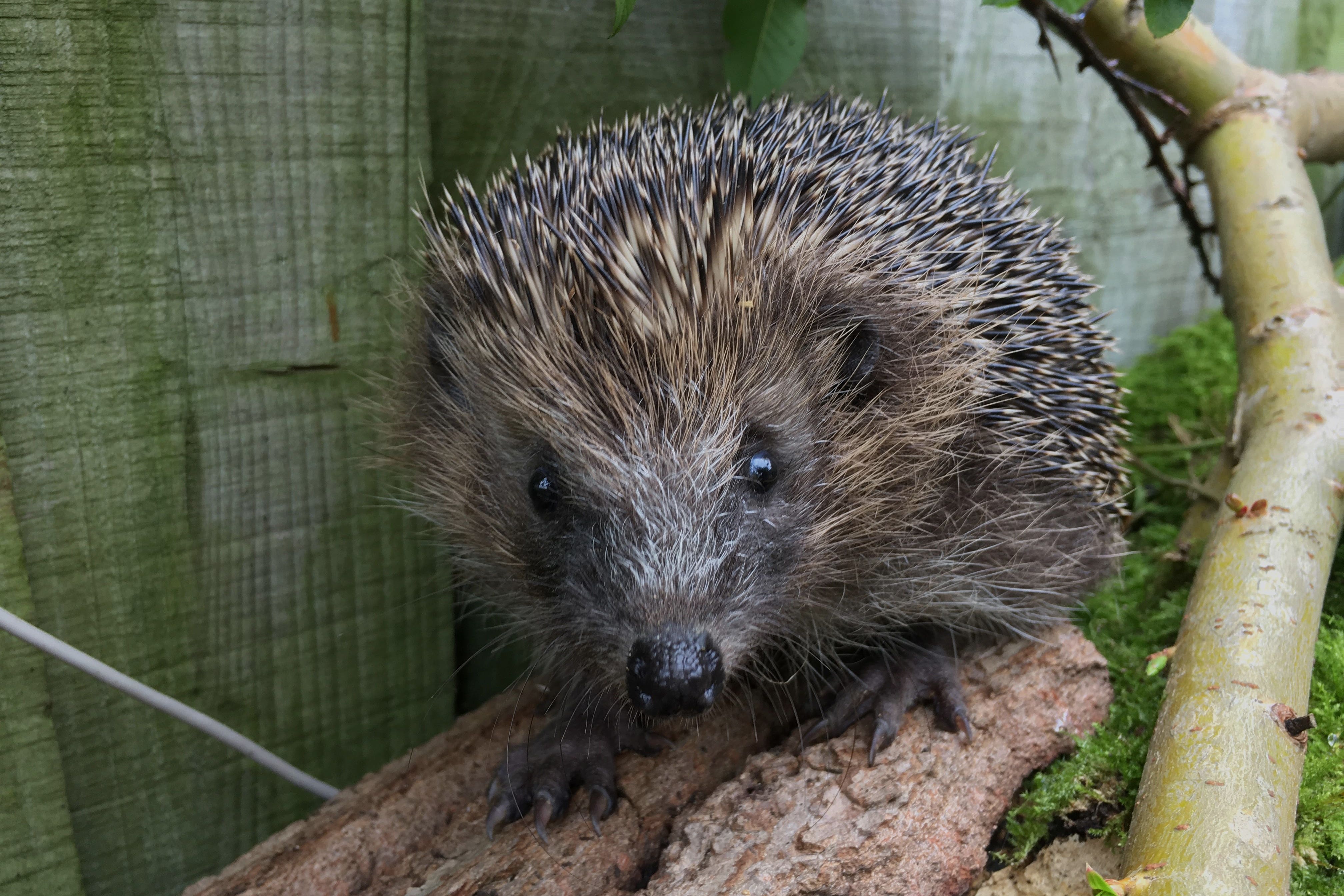Hedgehogs listed as ‘near threatened’ after suffering rapid population declines
The International Union for Conservation of Nature said hedgehog numbers are thought to have shrunk in more than half the countries where they live.

Your support helps us to tell the story
From reproductive rights to climate change to Big Tech, The Independent is on the ground when the story is developing. Whether it's investigating the financials of Elon Musk's pro-Trump PAC or producing our latest documentary, 'The A Word', which shines a light on the American women fighting for reproductive rights, we know how important it is to parse out the facts from the messaging.
At such a critical moment in US history, we need reporters on the ground. Your donation allows us to keep sending journalists to speak to both sides of the story.
The Independent is trusted by Americans across the entire political spectrum. And unlike many other quality news outlets, we choose not to lock Americans out of our reporting and analysis with paywalls. We believe quality journalism should be available to everyone, paid for by those who can afford it.
Your support makes all the difference.Hedgehog numbers have suffered rapid declines, conservationists warned as the species was listed as “near threatened” in a global assessment.
The latest update to the International Union for Conservation of Nature’s (IUCN) Red List of threatened species has also found more than a third (38%) of the world’s tree species are at risk of extinction.
And experts said migratory birds which visit British shores, including grey plover and dunlin, were seeing their conservation status worsen.
The conservation status of western European hedgehogs on the Red List has worsened from least concern to near threatened – which means that any further deterioration of its situation could see it listed as at risk of extinction globally.
The IUCN said the species’ numbers are thought to have shrunk in more than half the countries where it lives, including the UK as well as Norway, Sweden, Denmark, Belgium, the Netherlands, Germany and Austria – with national declines of 16-33% over the past 10 years.
In the UK, the prickly mammals have suffered historic declines, and a study in 2022 found numbers had fallen by up to 75% in rural areas since 2000, although in urban areas previously declining populations were showing starting to show signs of recovery.
The IUCN experts said hedgehogs were suffering from increasing human pressure, including increasingly intensive agriculture which damages their rural habitat, roads and urban development.
Dr Abi Gazzard, programme officer of the IUCN’s small mammal specialist group, said: “Regional and national action is essential to support hedgehog populations, through initiatives such as ‘Hedgehog Street’ in the UK and ‘Danmarks Pindsvin’ in Denmark.”
Hedgehog Street is a campaign run by the People’s Trust for Endangered Species and the British Hedgehog Preservation Society, which encourages people to champion and help the once-common garden visitors with simple actions such as making holes in their fence to help them move about.
Responding to the report, Nida Al-Fulaij, chief executive for People’s Trust for Endangered Species (PTES), said recent research showed that hedgehog populations are still struggling in the UK’s countryside despite showing signs of recovery in urban areas.
“The news that European hedgehogs have been reclassified by the IUCN as Near Threatened globally raises the alarm for this much-loved native species across their range,” she said.
Fay Vass, chief executive of British Hedgehog Preservation Society (BHPS), urged members of the public to become a “hedgehog champion” by supporting the species through a range of actions throughout the year.
“I’d encourage everyone to help where they can, as small, simple actions can have a huge impact on habitat availability, connectivity, and quality, which is crucial for their long term survival,” she said.
The latest IUCN Red List update also includes the first global tree assessment, including the majority of the world’s tree species on the list for the first time, and revealing that 38% are threatened with extinction.
The highest proportion of threatened trees are found on islands, where they are at high risk due to deforestation for development and agriculture, invasive species, pests and diseases.
The IUCN also said climate change was increasingly threatening trees through sea level rise and more intense and frequent storms, especially in the tropics.
Habitat protection and restoration, as well as conservation in seed banks and botanic garden collections were critical to prevent extinctions, conservationists said.
Dr Grethel Aguilar, IUCN director general, said: “Trees are essential to support life on Earth through their vital role in ecosystems, and millions of people depend upon them for their lives and livelihoods.”
The IUCN said trees now accounted for more than a quarter of species on the Red List, with the number of threatened trees more than double the number of all threatened birds, mammals, reptiles and amphibians combined.
The IUCN Red List now includes 166,061 species, of which 46,337 are classed as threatened with extinction.
The update has been published as countries meet in Cali, Colombia, in the latest round of international talks aiming to halt and reverse what conservationists have described as “catastrophic” declines in nature.